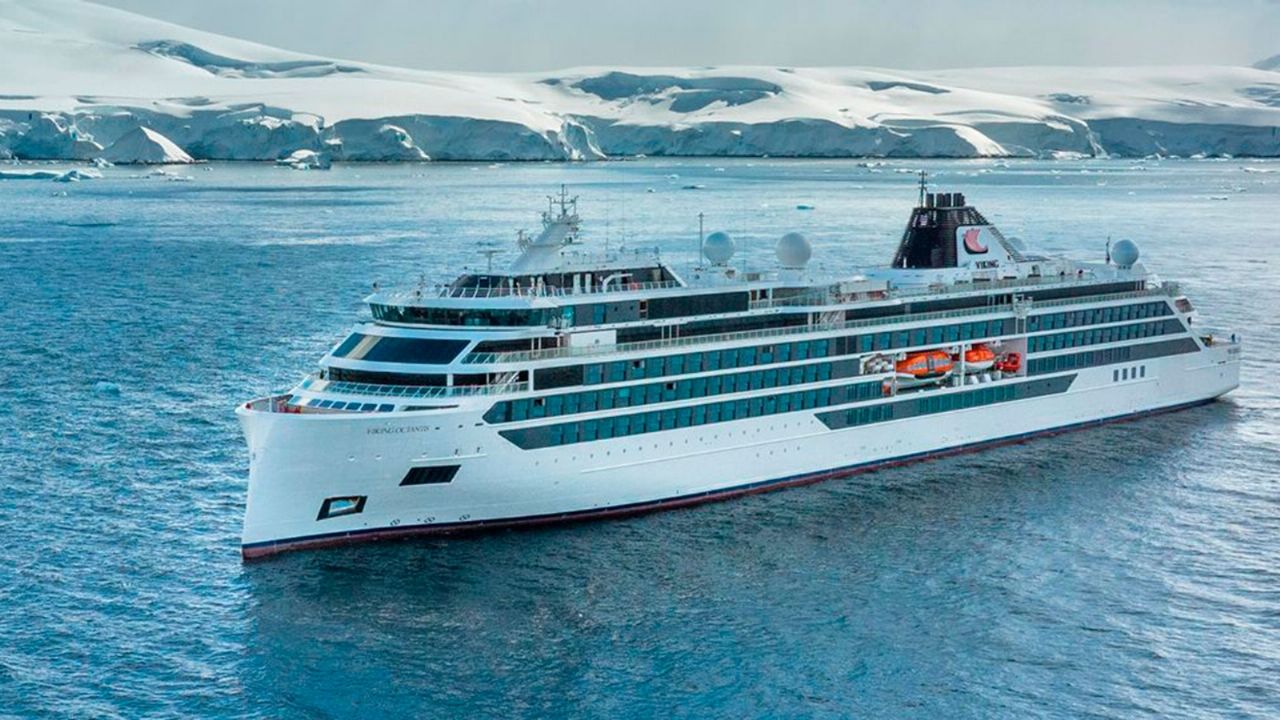The Ministry of Defense, the Attorney General’s Office (AGU) and the Brazilian Navy released this Wednesday (1st), in Brasília, a joint note in which they present – as a solution to the imbroglio involving the fate of a carrier planes out of operation – their sinking.
The measure received criticism from environmentalists – among them, the Minister of the Environment, Marina Silva – concerned about the effects that the sinking of the vessel could cause to the environment, since, in its hull, there is the presence of asbestos residues. .
After some damages compromised its operation, the ship’s hull was sold by the Brazilian Navy to a Turkish company – SÖK Denizcilik (SÖK).
“Ownership of the good has become of a private nature, and it is up to public bodies, once the conditions are met, to carry out the relevant authorizations for export to Turkey and the permanent monitoring of procedures, in order to meet the public interest involved”, says the note. joint statement released by Brazilian authorities.
The ship would then be towed to a shipyard in Turkey for “safe and environmentally sound recycling”. This recycling was important because in the 1990s, when the aircraft carrier belonged to the French navy, around 55 tons of asbestos – a toxic and carcinogenic substance – were transported by the vessel, leaving residues in its structure.
Return
“However, 22 days after transit began, the Turkish environmental authority unilaterally withdrew consent for the import and dismantling of the hull in that country. Ibama therefore had to suspend the export authorization and determine the immediate return of the hull to Brazil, in accordance with the precepts set out in the Basel Convention”, detailed the note.
Upon returning to Brazil, the Navy identified the damage to the vessel, and determined the maintenance of insurance coverage and the presentation of a contract for mooring and repair, which ended up not being done.
According to the joint note, given the situation, with the return of the hull to Brazil, the Brazilian Maritime Authority (AMB) presented “requirements to guarantee the safety of navigation and the prevention of environmental pollution in the sea and inland waters”.
The owner SÖK was then ordered “to keep the hull in a maritime holding area outside the Territorial Sea, at a distance greater than 22 km from the coast; and carrying out a survey on the hull”.
Requirements
“During the inspection, faults were found that should be repaired under the responsibility of the SÖK company. In order to make the repair and subsequent re-export feasible, the AMB determined the fulfillment of requirements for entering inland waters”, he added.
According to the Brazilian Navy, it is not up to the AMB to interfere in actions of a private nature that involve the selection of shipyards to conduct repairs or negotiate with port terminals.
“However, with a view to proceeding with re-export for an environmentally sustainable dismantling, AMB presented the company SÖK with a list of shipyards in Brazil with the technical capacity to carry out repairs to the hull”, he informed.
However, “given the inertia of the owner to comply with the determinations presented by the AMB” and the “imminent possibility of abandoning the hull at sea”, the AMB carried out a new expert inspection of the hull, “in which a severe degradation of the conditions was verified. of buoyancy and stability.
In addition, the company did not renew the insurance, nor did it present a contract for berthing and repair for the execution of the necessary services. “In view of the above, the Brazilian State had no alternative but to consider the property as lost, and to assume administrative control of the hull, in order to avoid damage to the environment and preserve navigation safety”, informed the joint note of the Brazilian authorities.
“It should be noted that SÖK did not cease to be responsible for the property”, added the note.
Sinking
Thus, it was decided that the aircraft carrier would be towed in a remote maritime area, but within Brazilian jurisdictional waters, 350 km from the coast and at a depth of approximately five thousand meters.
“In view of the facts presented and the increasing risk involved in towing, due to the deterioration of the hull’s buoyancy conditions and the inevitability of spontaneous/uncontrolled sinking, it is not possible to adopt any other course of action other than jettisoning the hull, for means of the planned and controlled sinking”, concluded the note.









